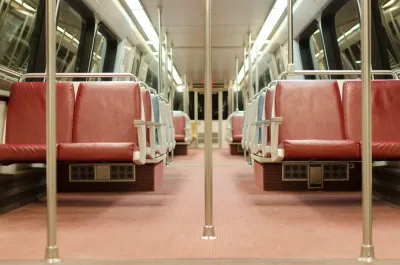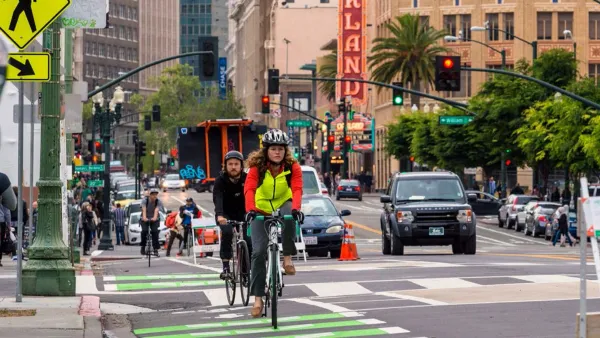A location data company has created a Social Distancing Scorecard to track the progress of Americans, down to the county level, in reducing travel in accordance with recommendations to reduce physical contact.

Unacast, a mobility data company based in New York and Oslo, has created a Social Distancing Scoreboard to track the success of Americans in reducing travel in the days and weeks since the coronavirus pandemic has spread across the country.
A blog post by Thomas Walle, CEO and co-Founder, of Unacast, explains the Scoreboard's methodology. The company uses its Real World Graph® data engine to identify geospatial mobility data. After several iterations, the company decided to use "change in average distance traveled" as its metric for the Scorecard.
As for the final tally, the Scorecard assigns letter grades based on whether the change in average mobility has dropped more than 40 percent (an A Grade), between 30 and 40 percent (B), 20 to 30 percent (C), 10 to 20 percent (D), and less than a 10 percent decrease (an F grade).
The Scorecard includes a grade for the entire United States (B), as well as grades for every state and county. The five states leading the social distancing effort, as of this writing: the District of Columbia (considered a state here), Alaska, Nevada, New Jersey, and Rhode Island. The states reducing average distance traveled the least, as of this writing, are Wyoming, Montana, Idaho, New Mexico, and Oregon.
For an additional comparison, the state currently considered the hot bed of the pandemic, New York, has reduced average distance traveled by 48 percent. The country's most populous states, California, has also reduced average distance traveled by 48 percent. Both of those metrics were last updated on March 24 as of this writing.
Unacast is promising that the Social Distancing Scorecard is only the first of multiple releases it has planned for a COVID-19 Toolkit.
FULL STORY: Social Distancing Scoreboard

Analysis: Cybertruck Fatality Rate Far Exceeds That of Ford Pinto
The Tesla Cybertruck was recalled seven times last year.

National Parks Layoffs Will Cause Communities to Lose Billions
Thousands of essential park workers were laid off this week, just before the busy spring break season.

Retro-silient?: America’s First “Eco-burb,” The Woodlands Turns 50
A master-planned community north of Houston offers lessons on green infrastructure and resilient design, but falls short of its founder’s lofty affordability and walkability goals.

Test News Post 1
This is a summary

Analysis: Cybertruck Fatality Rate Far Exceeds That of Ford Pinto
The Tesla Cybertruck was recalled seven times last year.

Test News Headline 46
Test for the image on the front page.
Urban Design for Planners 1: Software Tools
This six-course series explores essential urban design concepts using open source software and equips planners with the tools they need to participate fully in the urban design process.
Planning for Universal Design
Learn the tools for implementing Universal Design in planning regulations.
EMC Planning Group, Inc.
Planetizen
Planetizen
Mpact (formerly Rail~Volution)
Great Falls Development Authority, Inc.
HUDs Office of Policy Development and Research
NYU Wagner Graduate School of Public Service




























